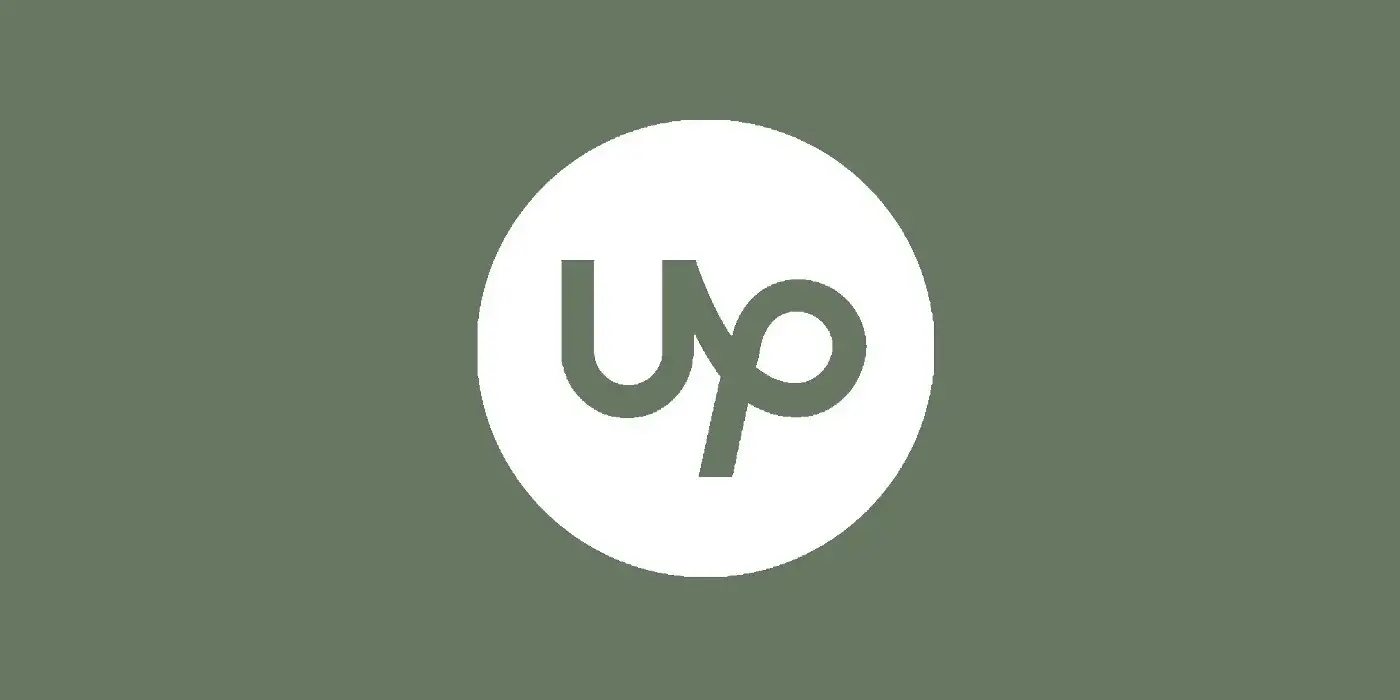
Most freelancers dread the process of looking for new clients. It can be frustrating and time-consuming. Worse still, it can take away our focus from what matters most: delivering superb results for our existing clients.
The first several years of my freelance career were a constant tightrope walk between working and finding more work.
However, in the last 3 years, this changed. During this time, over 90% of my freelance work has found me rather than the opposite.
Here’s how I got here. I hope you can leverage my experience to get there, too.
The best kind of client
What do you think the best kind of freelance client is? Take a moment to think and come up with an answer.
Is the answer friendly? Rich? Understanding? Prompt? Respectful?
Not really. Those are all positive traits for a client, but the best kind of client is a repeat client. A client can be generous and a joy to work with, but what difference does this make to your career if you will never hear from them after you complete the project?
If you want to escape perpetual prospecting, focus your efforts on finding recurring work.
Identifying recurring work
Let’s say you’re looking at these two job posts.
Project 1: need a logo designed for my personal website (budget $200)
Project 2: need a banner ad designed for my company (budget $200)
Which one is far more likely to result in recurring work? Take a moment to think again.
The second project is superior. A company is far more likely to need banner ads on a regular basis. Let’s try again, now with more opacity.
Project 1: need a website developed for stock market analytics (budget $20,000)
Project 2: need a website developed for a dentist’s office (budget $20,000)
Now we have to think a few moves ahead. Developing a website is a finite job, but websites need maintenance, hosting, and updates. We can sell those upgrades in both cases, but project 1 is better than project 2 for three reasons:
- It involves gathering data. That means it involves APIs or scraping, which makes it vulnerable to 3rd-party changes. Likelihood of future work skyrockets.
- It involves storing and managing large quantities of data. This means scaling and managing hosting. Long-term maintenance requirements skyrocket.
- It’s more dynamic. The fintech industry is a constantly changing one. This means it’s more likely that additional features will be added and existing features revised. If you scoped the project well, this is a good thing as all unscoped changes are subject to additional billing.
So, two projects with the same budget can be vastly different in terms of long-term potential. Now, the key phrase is long-term. If you start filtering projects along these lines, don’t expect to notice the difference after a month, or even after a year.
But if you keep it up across hundreds of project proposals, it will build up to something amazing.
Don’t add, multiply
We’re not finished. The what isn’t all that matters - the who is just as important. Every happy client is a potential referral. But, not all clients are created equal. Some are more connected, more approachable, and more entrepreneurial.
Let’s explore this with an example, too.
This time, let’s assume you’re doing cold outreach as a web developer. You’re looking for poorly designed websites and offering to make new ones for the owners.
Prospect 1: dentist
Prospect 2: copywriting agency
My apologies to the dentists of the world (please don’t hurt me) but we should, once again, focus our efforts on Prospect 2.
Everything else being equal, prospect 2 is far more likely to provide referrals for you:
- They are in an industry adjacent to yours.
- They are likely to be run by entrepreneurial types.
- You can return the favor by referring work to them.
- If you offer them a % fee for future referrals, they won’t scoff at it - they probably have similar arrangements as part of their business model.
Important warning: if a prospect keeps talking about being a great reference, but doesn’t tick the boxes above, they’re very likely just trying to get you to lower your prices in exchange for “exposure”. Avoid them like the plague.
Don’t neglect the fundamentals
With all this in mind, it’s easy to lose sight of what matters most: it is imperative that you overdeliver for every single client.
No half-measures. You want them to remember the quality of your services so vividly that you pop into their mind when they have another project two years later (or when they are tipsy at a bar and a friend asks them for a recommendation).
To accomplish this, you must be careful not to take on too much work. It is better to overdeliver to four clients than to provide an average service to five clients.
Treat yourself
All this may be quite a burden. Sometimes the high-potential clients aren’t a great match for your personality. We’re all human.
Perhaps you’re passionate about something (even dentistry) and you want to work in that industry. That’s fine.
Don’t deny yourself one-off projects if you’re passionate about them or they’re well-paid. We don’t always have to be trying to scale our business. We all have our personal tastes and preferences. To prevent burning out, give yourself some breathing room.
I’m not smarter than you
This isn’t some foresight I had back in 2011 when I started freelancing. Most of what you’ve read here is retrospective knowledge. I learned as I went until a repeatable pattern emerged.
Now, you have the opportunity to jump on the pattern earlier.
Don't miss the next blog post!
I publish a new blog post every Wednesday. Join the newsletter to get:
- One valuable email a week.
- Zero spam.
- Exclusive content not found in the blog.
- Reply directly to me with questions or feedback.
Use the form at the bottom of this pageon the right to join the newsletter.


